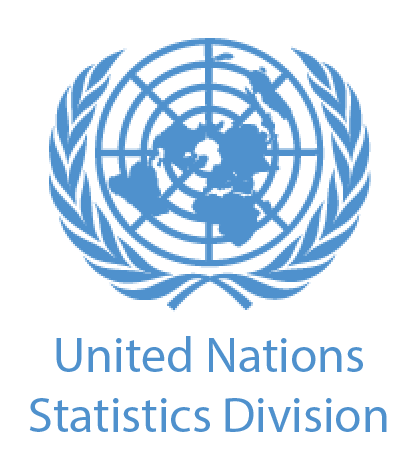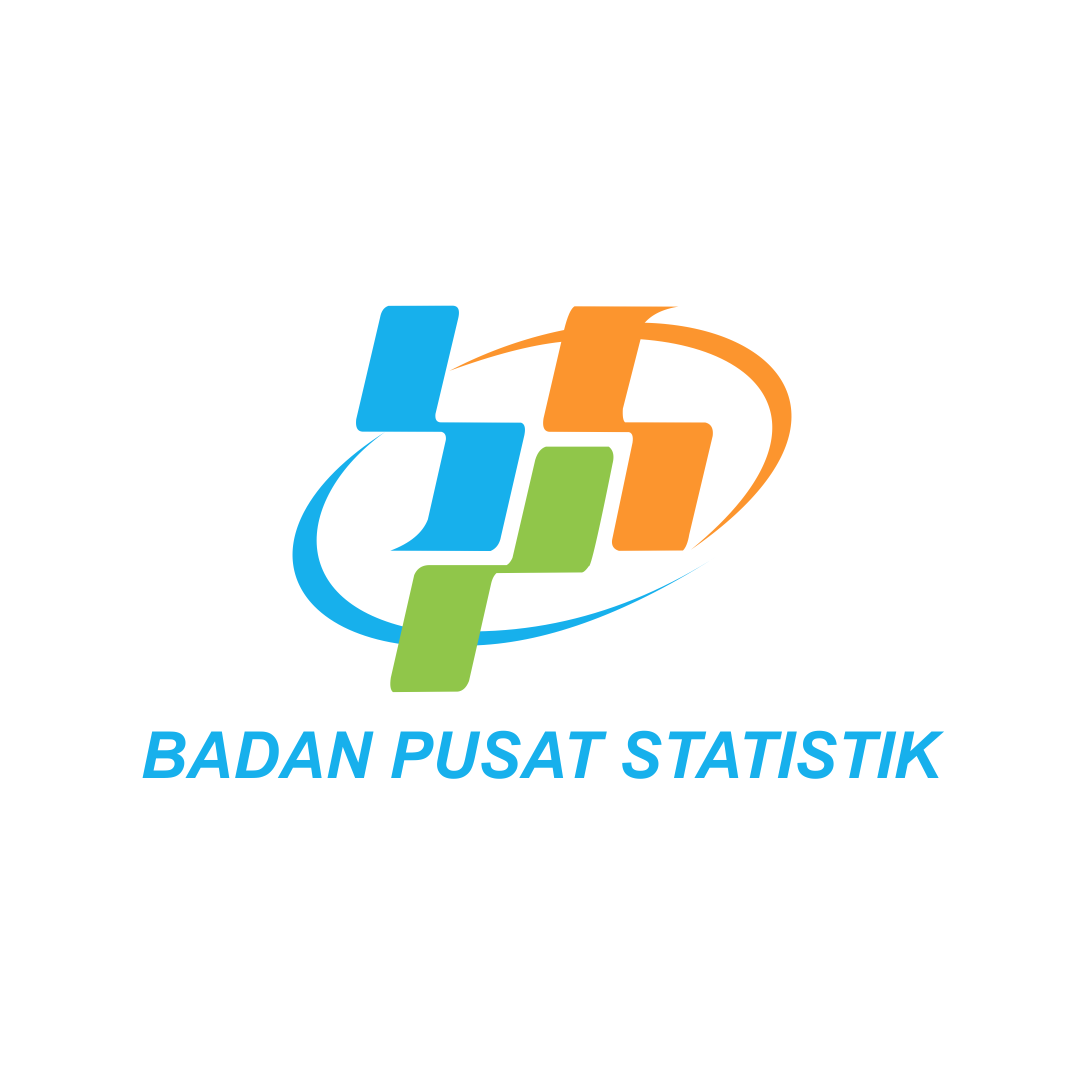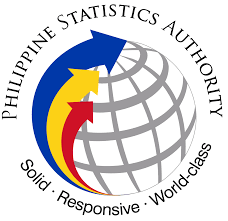Jurnal Statistik

- Enumeration Area Imputation Methods For Producing Sub-Municipal Data In The Italian Permanent Population And Housing Census

- Environment Statistics And Material Flowaccounts Development In Lao PDR: A Case Study On Multiple Data Sources Integration For A New Statistical Domain In A Lower Middle-Income Country National Statistical System

- Estimating A Time Series Of Temporary Employment Using A Combination Of Survey And Register Data

- Bayesian Synthetic Prediction Of State Level Poverty Using Indian Household Consumer Expenditure Survey Data1

- Data Science Training For Official Statistics:A New Scientific Paradigm Of Information And Knowledge Development In National Statistical Systems

- Institutional Challenges And Prospects Regarding The 2021 Population-Housing Census In Greece

- Economic support to European households inthe aftermath of COVID-19. A cross-country comparative analysis based on quarterly sector accounts1

- Predicting the quality and evaluating the use of administrative data for the 2021 Canadian Census of Population

- The Effect of Immigration on Occupational Injuries:Evidence from Administrative Data

- Furlough and Household Financial Distress during the COVID-19 Pandemic

- High-Level Group for the Modernisation of Official Statistics (HLG-MOS) of the United Nations Economic Commission for Europe

- Use Of Big Data For Official Environment Statistics: The Measurement Of Extent And Quality Of Freshwater Ecosystems



.png)
























